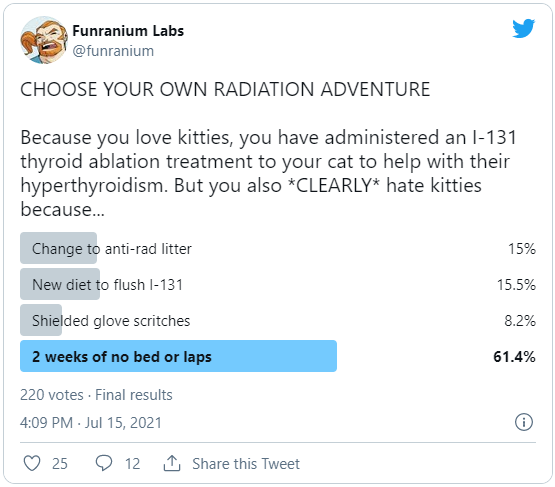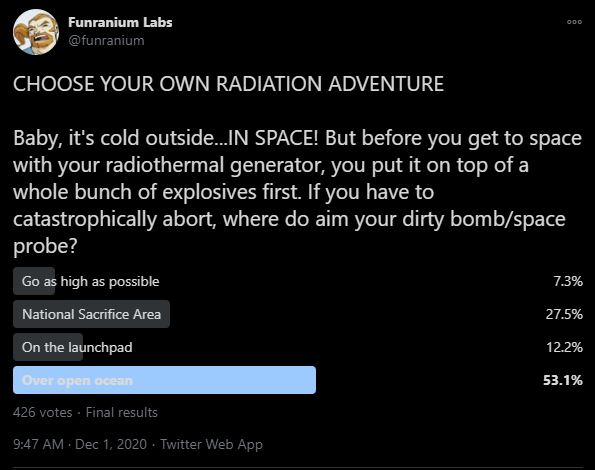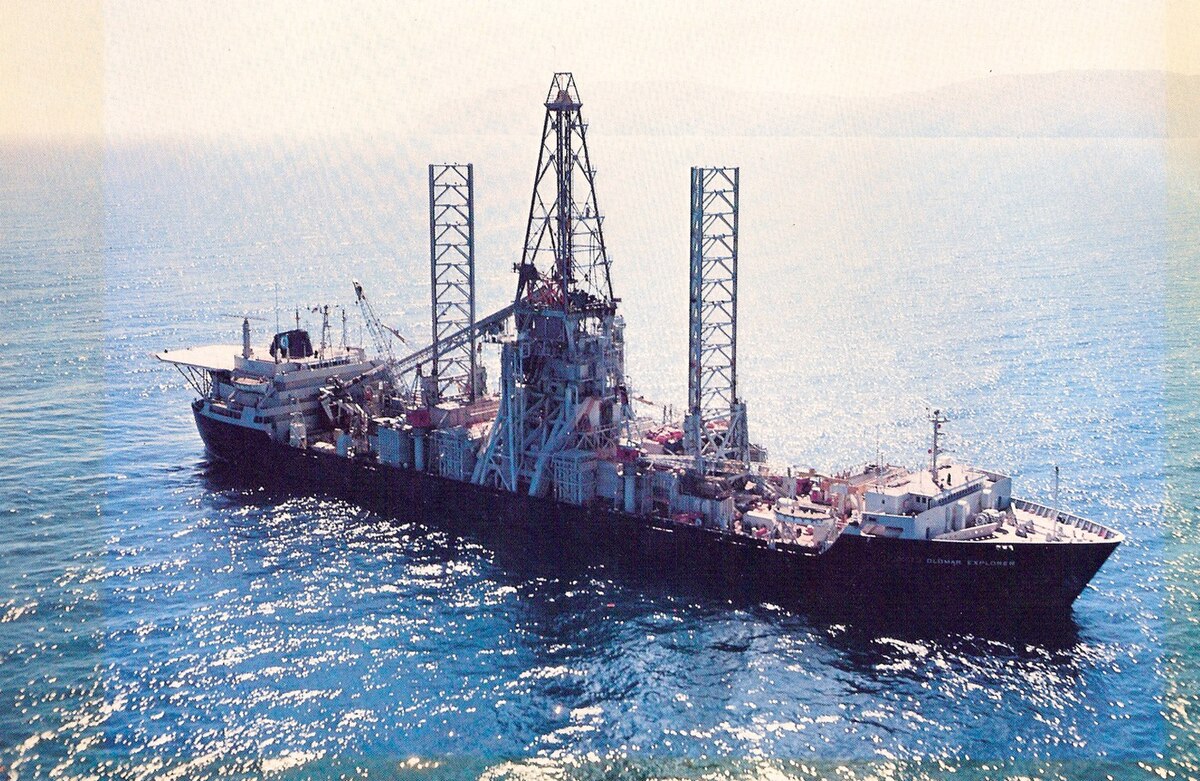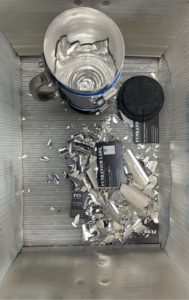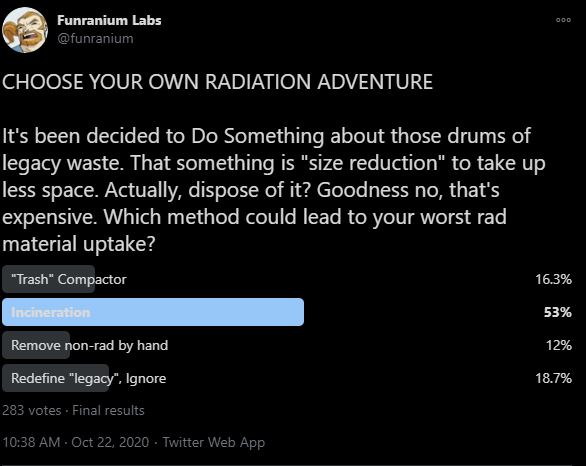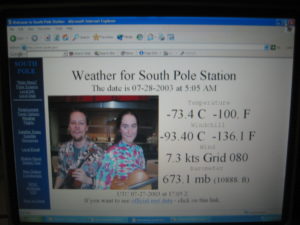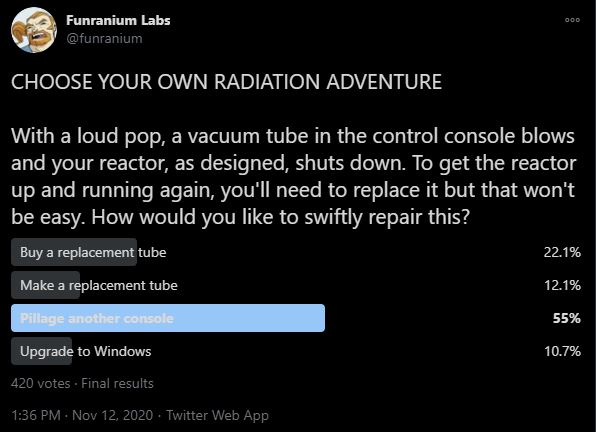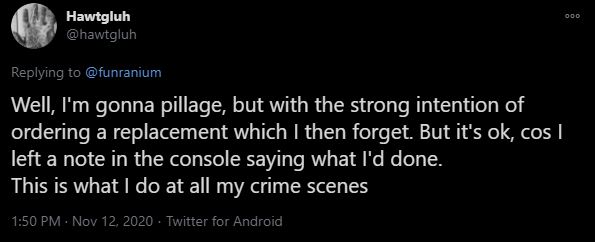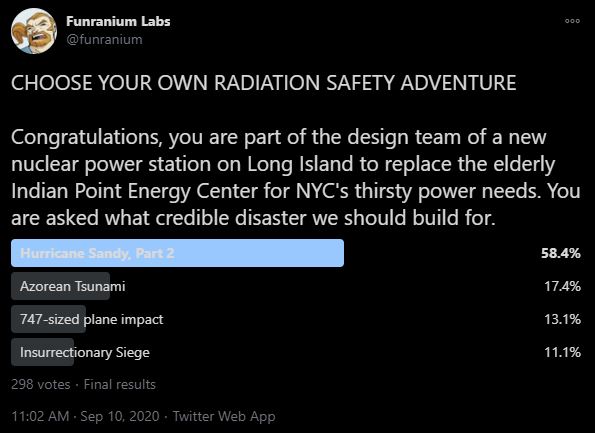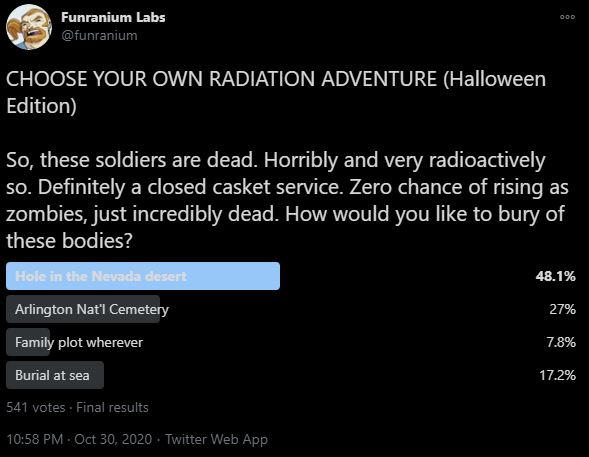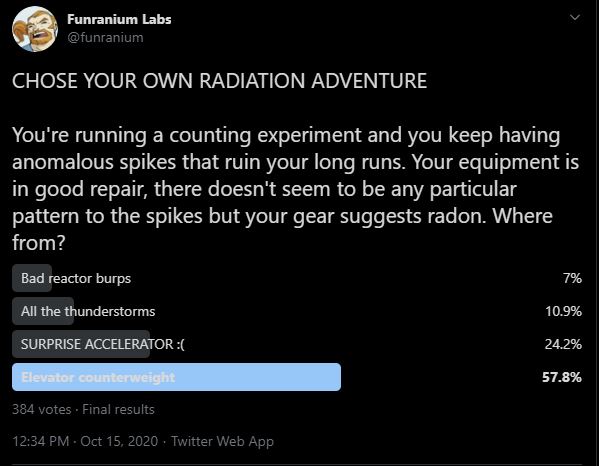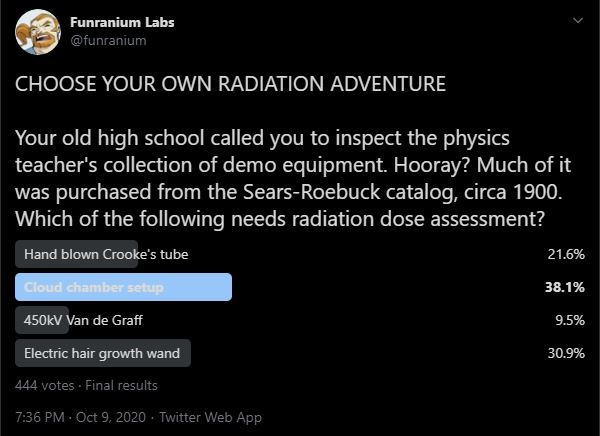The fun thing about this one is that I know a lot of people out there have treated their cats for hyperthyroidism, but the number of responses from people that’ve experienced radiopharma medical care for humans that I’d call “inadequate, bordering on actionable” is high.
[The seventeenth in an ongoing series of my compiled explainers for my CHOOSE YOUR OWN RADIATION ADVENTURE quizzes. There’s never really a right answer but some might work out better under the constraints of the scenario. It’s like poetry, really.]
Thyroid ablation is one of those fun treatments where we intentionally do a thyroid destroying uptake of radioiodine, specifically I-131 to limit the body burden, to get rid of diseased thyroid tissue. And it’s one that is comparable between humans and cats. Radioiodines are annoying because they are very preferentially deposited in the thyroid when you have an uptake. This is why your “RadAway” pills for reactor accidents are just regular iodine, so that you absolutely flood your thyroid and there’s no room for more to be absorbed.
NOTE: You have to take the pills *before* the radioiodine release gets you. Your body can’t tell the difference between the two and will take up one just as happily as the other. Biochemistry ain’t picky.
But in this case, you’re counting on the diseased tissue already in your thyroid to be much more delicate than the healthy tissue around it. Load it up with some 8 day radioactive half life I-131 and let it kill the hyperactive bits. Afterward, all that’s left is healthy tissue and a normally functioning thyroid. Sometimes, when things were advanced before treatment begins, you can go all the way to hypothyroidism and now need to supplement with drugs. Well, a healthy thyroid and all the residual I-131…
As usual, I chose my words carefully and referred to the 8 day *radioactive* half life of I-131. This is because for anything in the body we also need to consider it’s biological half life, because were constantly cycling through everything we eat, drink, and excrete. For people with normally functioning thyroids, the half life of any given uptake of iodine is ~2 months. It’s only about one month in people with both hyper and hypothyroidism. This means you can’t hope that drinking lots of beer will clear your system faster, like tritium. The effective half life then, combining the rad & bio half lives, is just a hair under 8 days. The radiological half life dominates the calculation. And as we’ve previously discussed, we generally consider something to be “decayed away” after 10 half lives have passed. So, 80 days until all the I-131 is gone? Does the patient need to hide from everyone else? Do they need to poop into a rad waste drum? Burn all their bedding?
Uh, no.
Because American healthcare is deeply broken, thyroid ablations are often outpatient procedures. You’re held for observation to insure uptake and then released on to the street as one of the many surprise radiation sources people swinging meters may find. 31.4μSv/hr per 37MBq at 30cm is the gamma dose rate to others. Depending on how big you are, you may get an administration of 4-10x that activity. This means you become a source emitting a field at arms length of ~.3mSv/hr. OH YES, we can detect you. Which is why you get told to not put any babies in your lap or hug pregnant women and, ideally, go stay in a hotel or sleep in the garage. You are now a source of extraneous dose in the lives of others and need to stay clear of them, at least for a little bit to cool down. Also, after almost any radiopharma, it would be a great time to not do ANY travel. As they’ve gotten cheaper, radiation monitors have been installed all over the place. Your cops have questionable training, if any, of what to do if that alarm goes off. Freak out is normal. Also, no need to poop in buckets. Your radioactive flushes are already baked into the public dose calcs and discharges of your water treatment plants. Once you’ve been given your I-131, you are pissing, shitting, exhaling and sweating radioactive material and all of that needs to be controlled to keep others from taking it up. PROTIP: You shouldn’t be handling food for others at this time.
These are all instructions that I, the health physicist tasked to try to explain things people that nod, smile, and ignore me (SEE ALSO: masking compliance vs. COVID), can give to patients. Okay, now try to tell this to a radioactive cat. More responsibly than our normal dealing with humans in America, radioactive pets are kenneled for the first few *days* for cool down because, nope, not even letting you out. Your cat weighs considerably less than you, so its dose administration will also be smaller. I had the pleasure of meeting the Nuke Med Kitties at UC Davis during my masters course work. There is nothing more pathetic than a cat that desperately wants pets and you aren’t allowed within a meter of them.
This is why they have the ALARA Scritchin’ Stick. As you might imagine, the stick just is not the same. The cat whining was extreme.
You might be tempted to go grab one of the shielded glovebox gloves to pet a radioactive patheticat. This is kind of you, but you really need a full body suit. The cat is a whole body dose concern and it takes some of the beefier lead impregnated gloves to do this. Your dexterity with them is…not great. You end up incompetently and heavily petting a cat. Do not crush your cat with lead. Even then, the shielding isn’t good enough. Your distance with the stick was better.
You could try to accelerate the bio half-life by changing to a VERY protein rich diet to encourage more, volumetrically & speed-wise, pooping to clear the thyroid hormones the I-131 is getting excreted with a bit faster. The obligate carnivore will appreciate this all meat, all the time diet. But it doesn’t really shift the numbers all that much. You might get down to an effective half life of 6.5 days. Maybe. This is still a detectably radioactive kitty for two months. Also that’s gonna make a lot of poop. About that…
First, there is no such thing as anti-rad kitty litter. There is, however, kitty litter that you can flush down the toilet. As far as the water treatment plant is concerned, a radioactive cat turd is about the same as human one. My experience as a pet store employee says “flushable” is more marketing than reality. Keep your plumber’s phone number handy. So, instead, you get a new bucket to collect all the radioactive outputs of your cat and get to do a little thing we like to call “Decay In Storage”. That’s right, you get to stockpile all of your cat’s treasures for two months! Because if you throw it in your normal trash you run a VERY HIGH risk of setting off a radiation portal monitor (remember: they are cheaper and plentiful now) at a landfill and then getting a very hefty bill for illegal dumping of rad waste. You’re already collecting your cat’s carefully buried treasures anyway; to the cat, it just seems like you’re cherishing it for longer.
No, the real crime comes from treating your cat like a highly mobile and unwanted radioactive source for weeks. At a minimum, you are keeping your cat from snuggling with you for two weeks. No sitting in your lap, no jumping up into bed and snuggling with your head. It will seem like you Do Not Love Kitties. This is a crime again felinity and you will be taken to The Kitty Hague.
This thread is brought to you by Omaha, who will soon be a radioactive kitty. She’s incredibly whiny at the best of times and I fear how much worse it’ll be for those weeks.
Pour one out for Omaha, folks. She is a excellent void and eternally vigilant for eagles.
